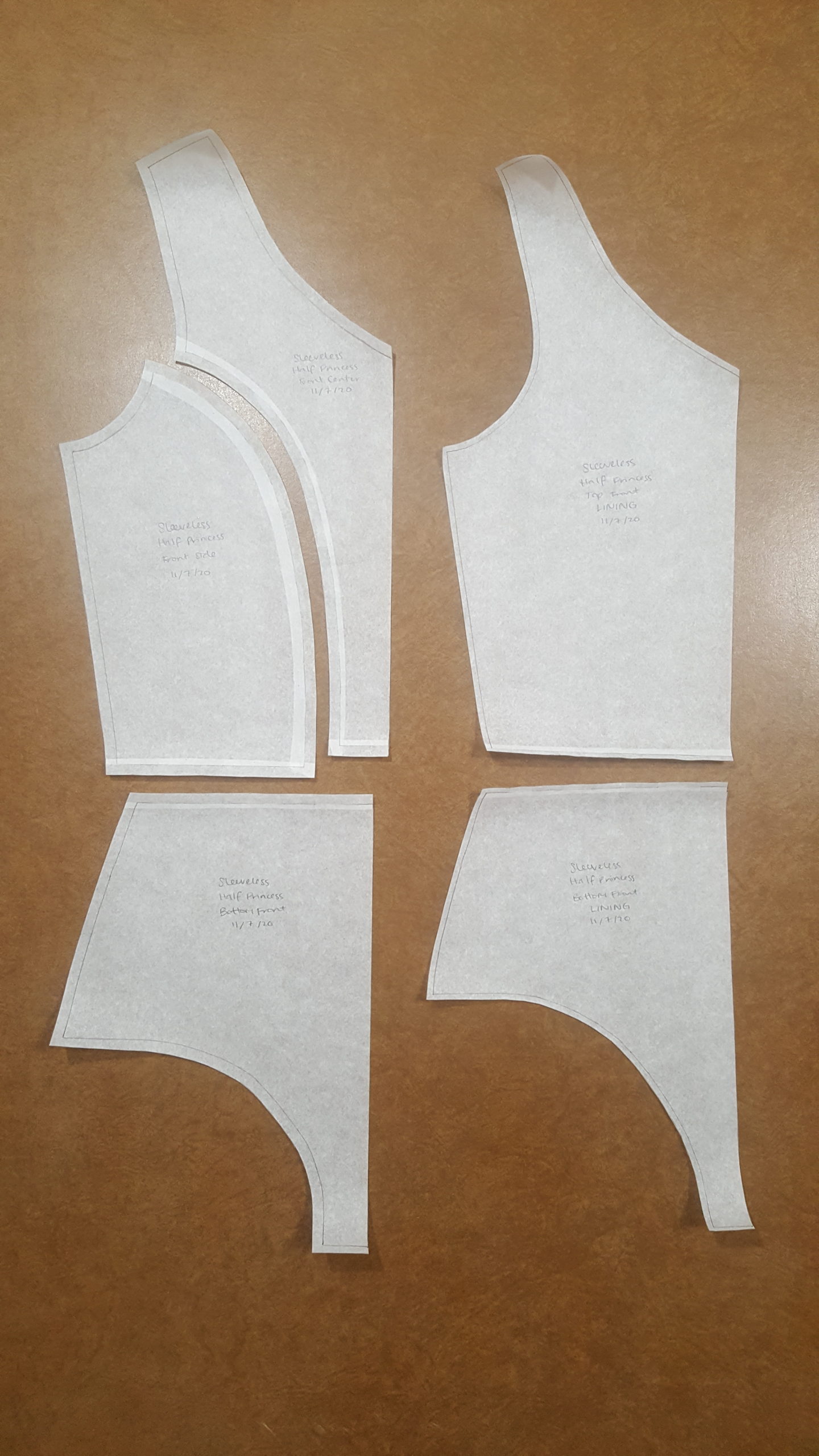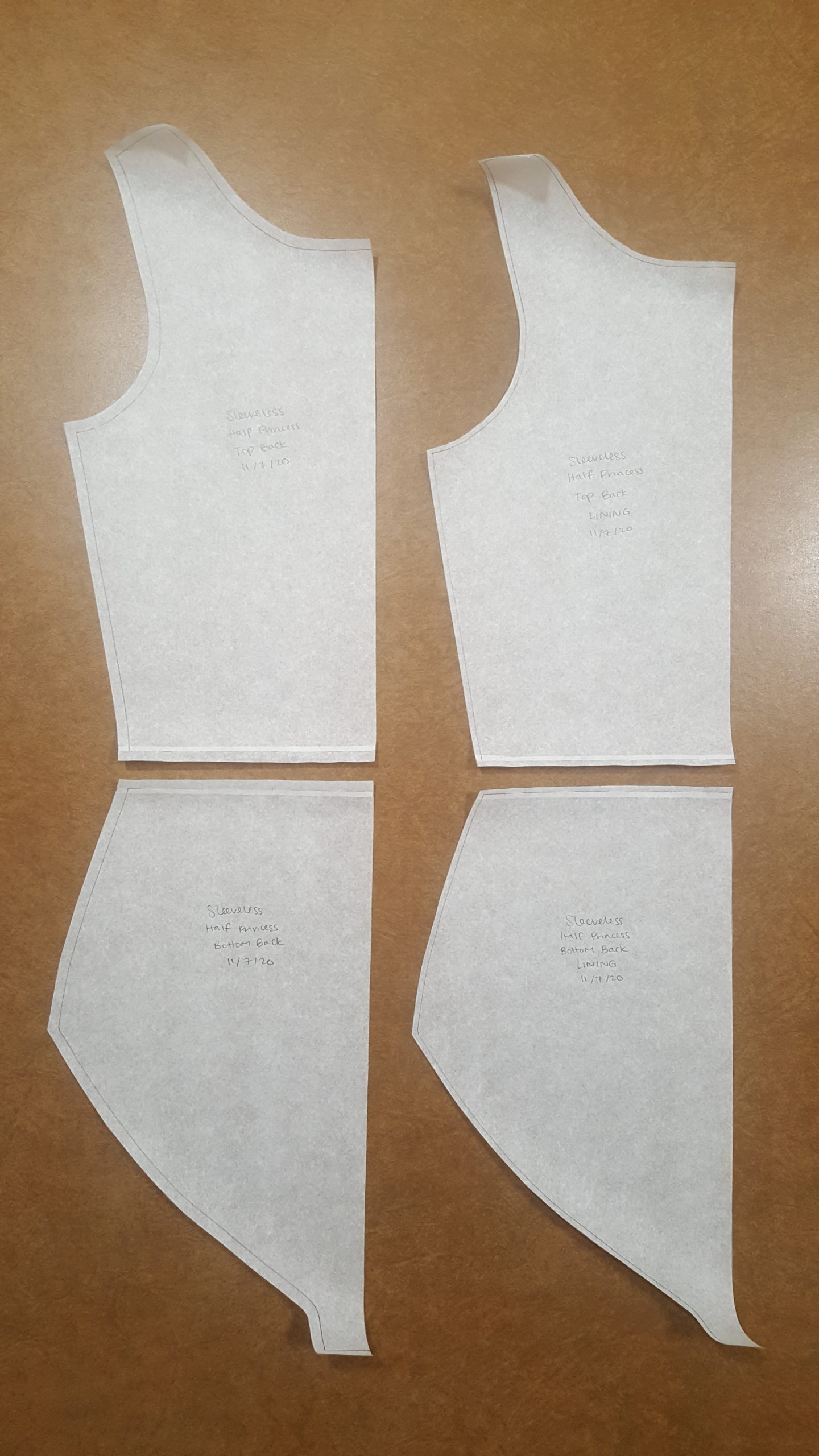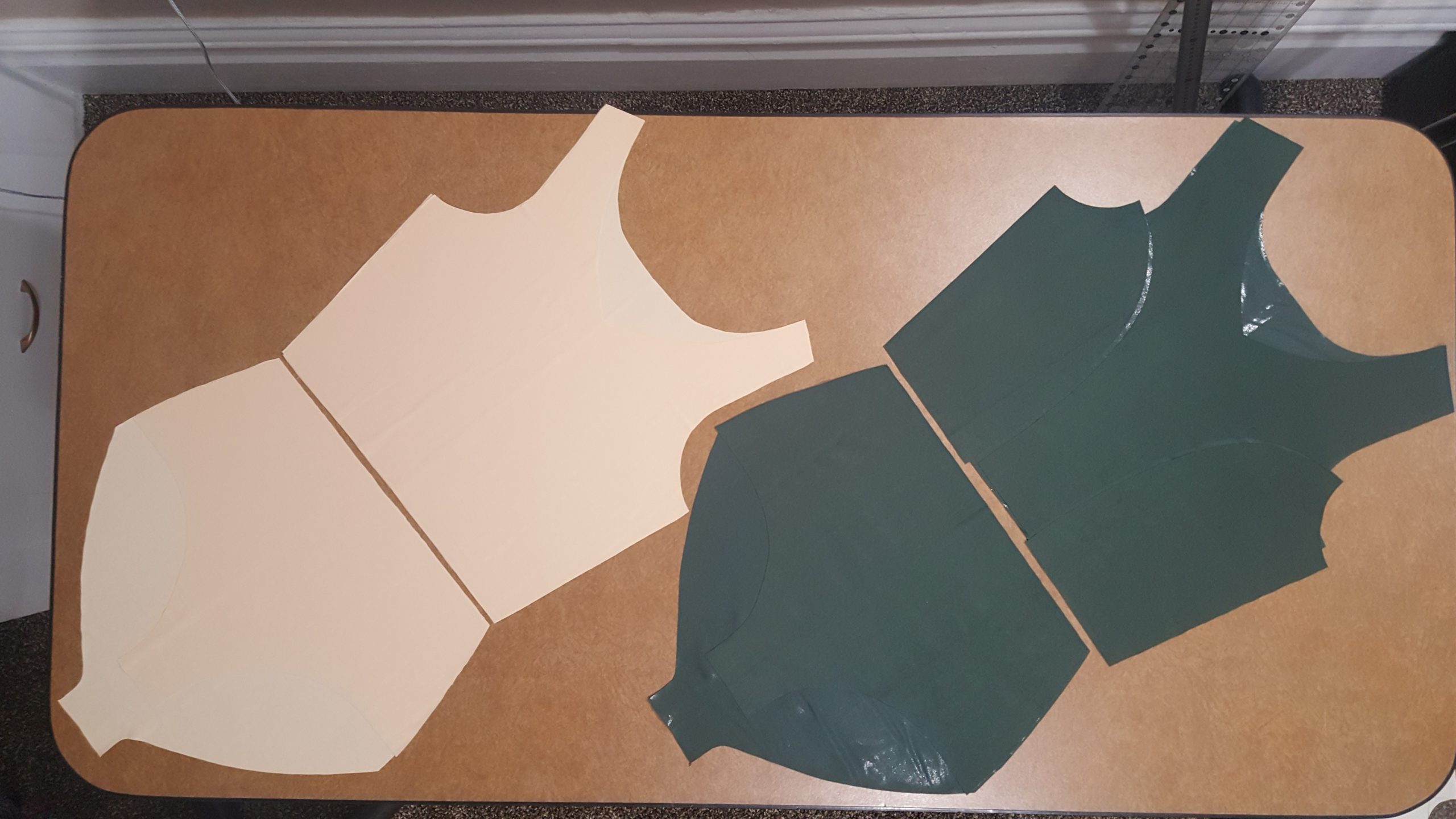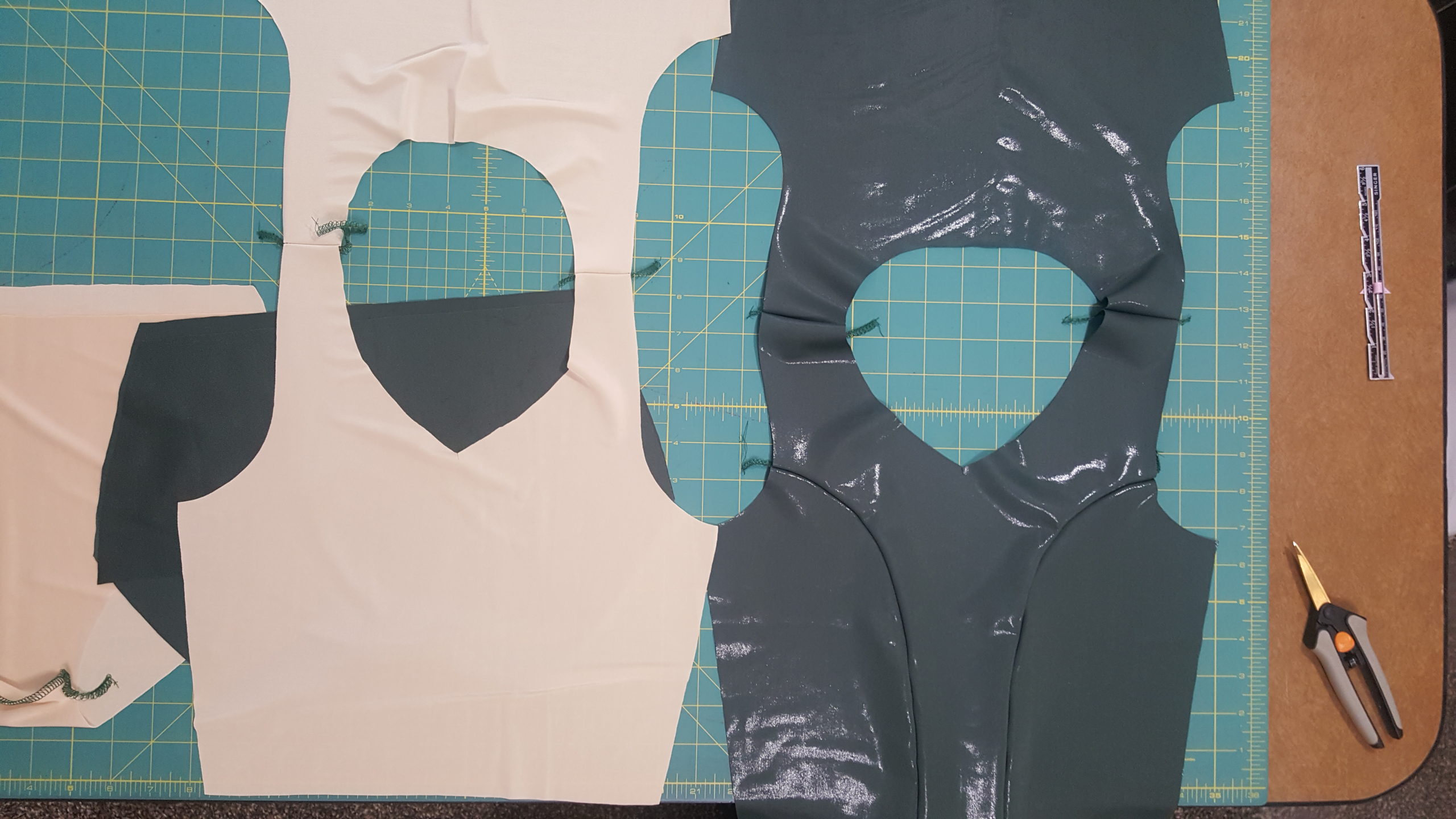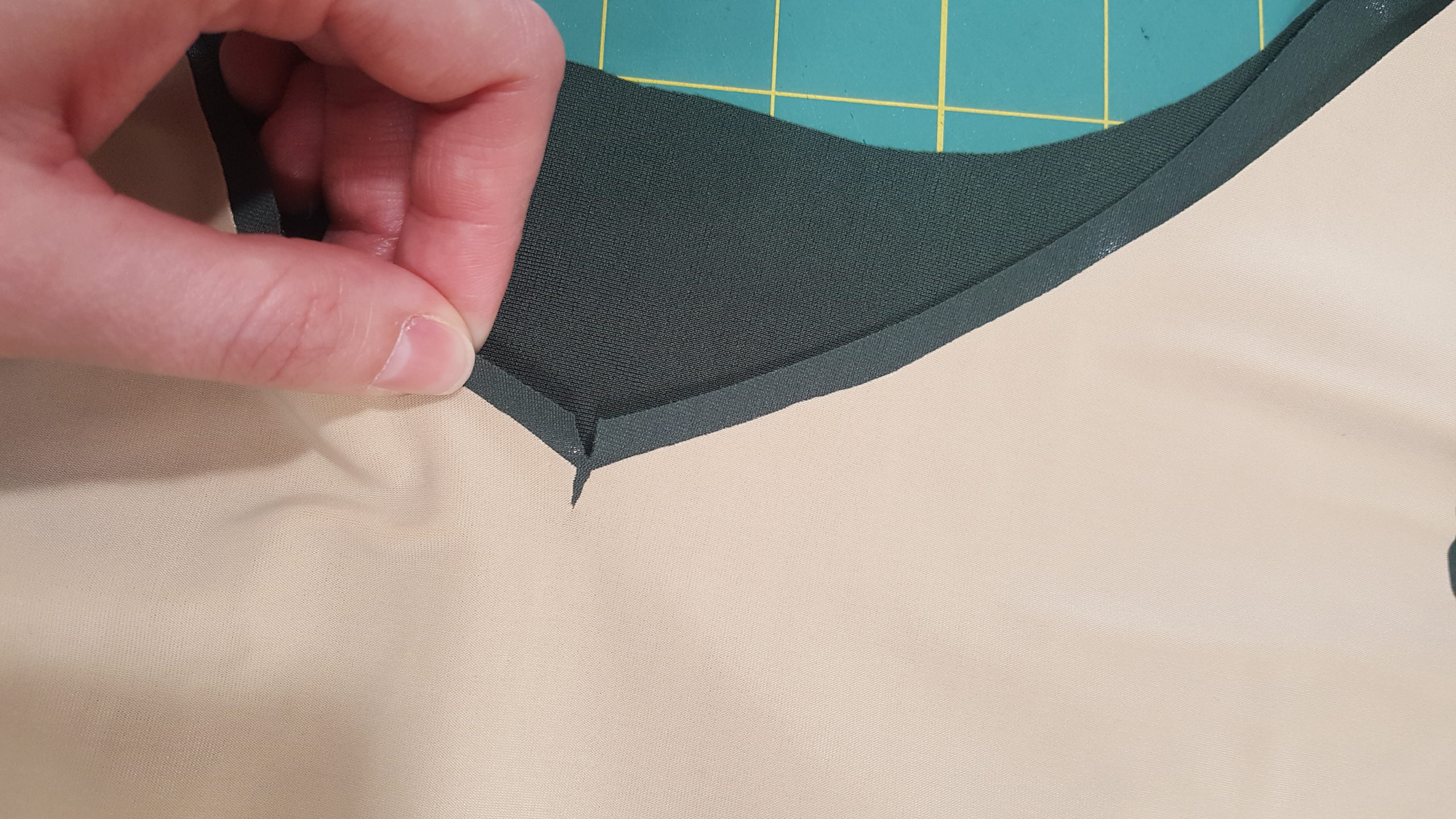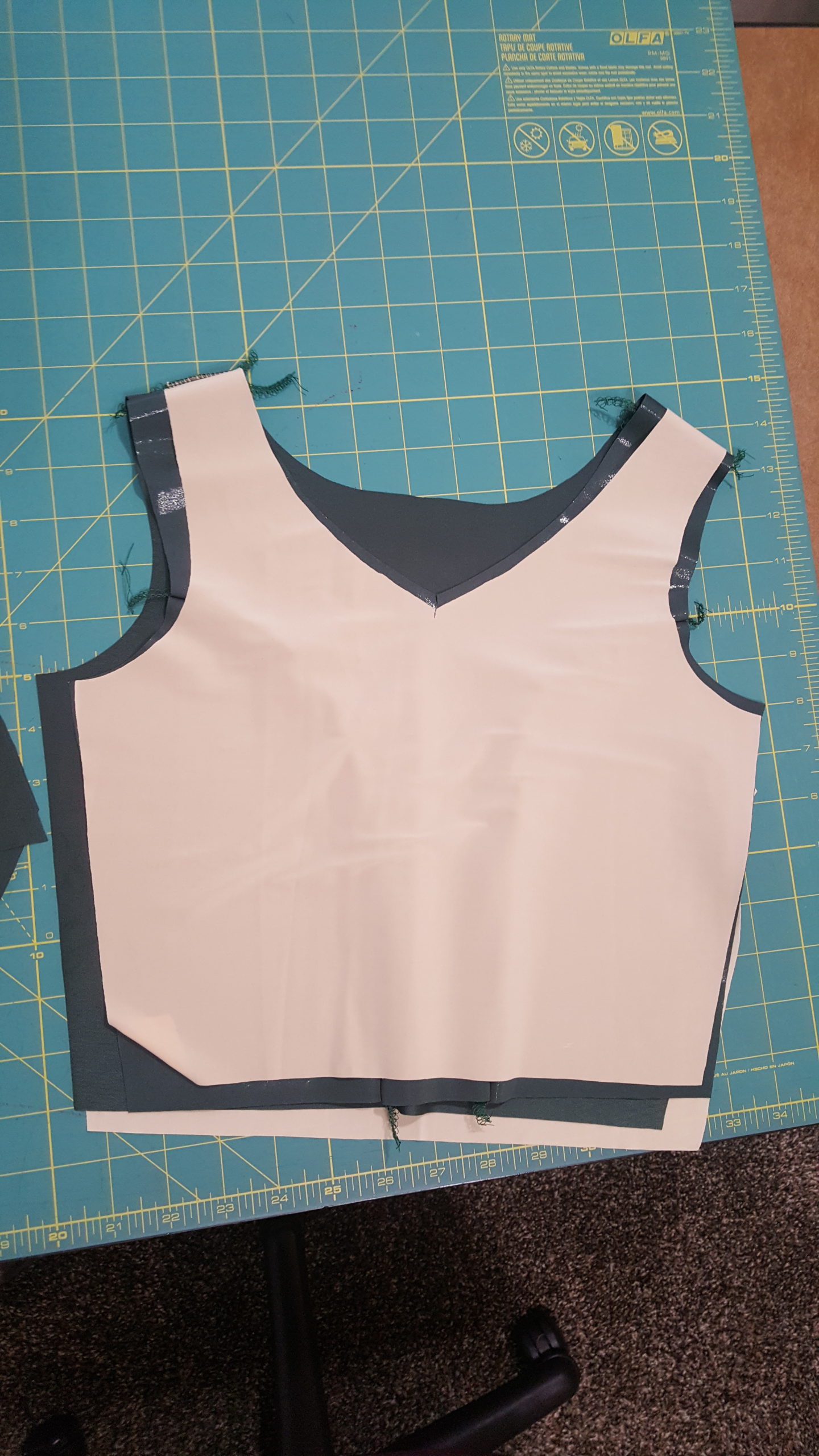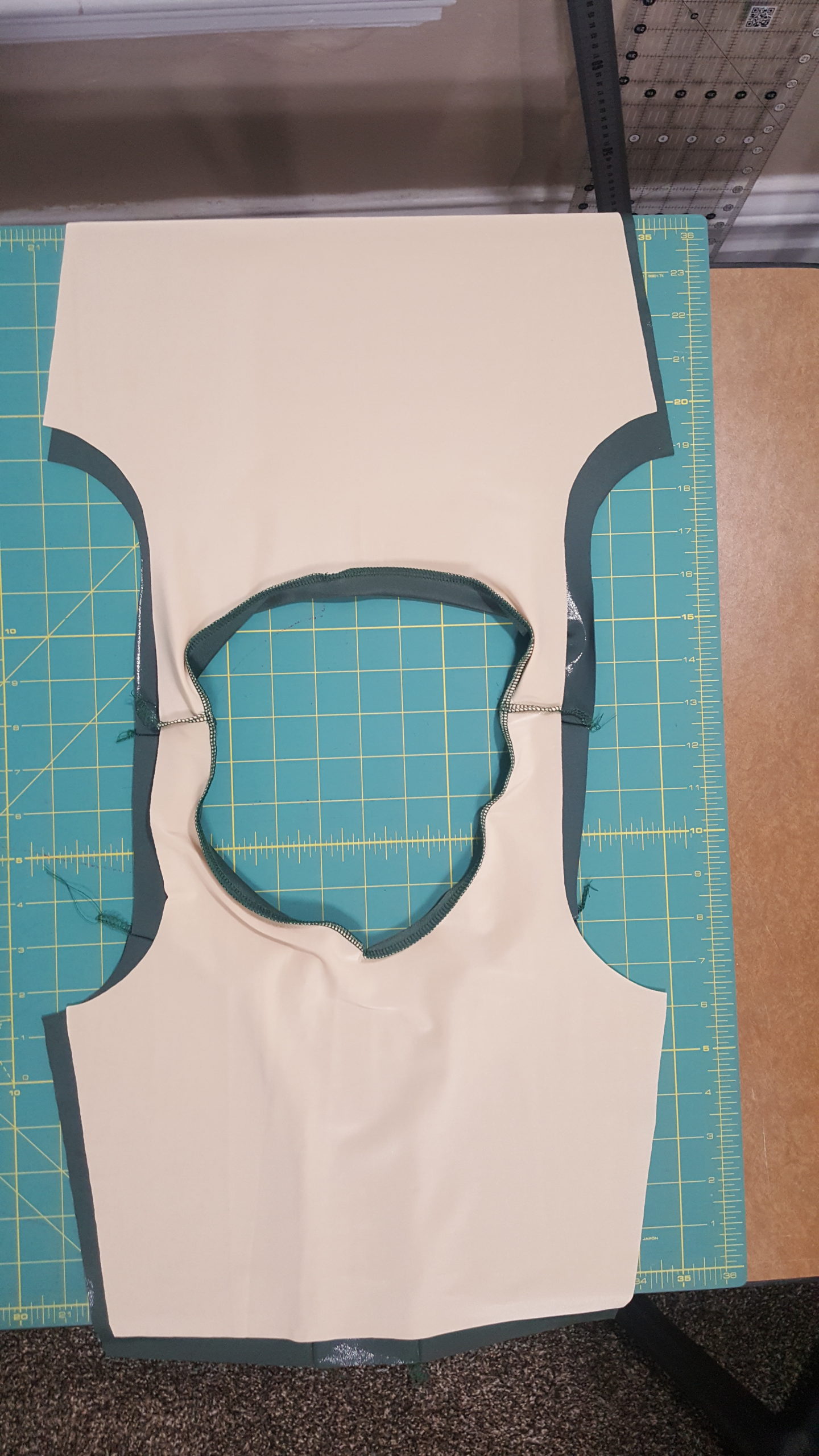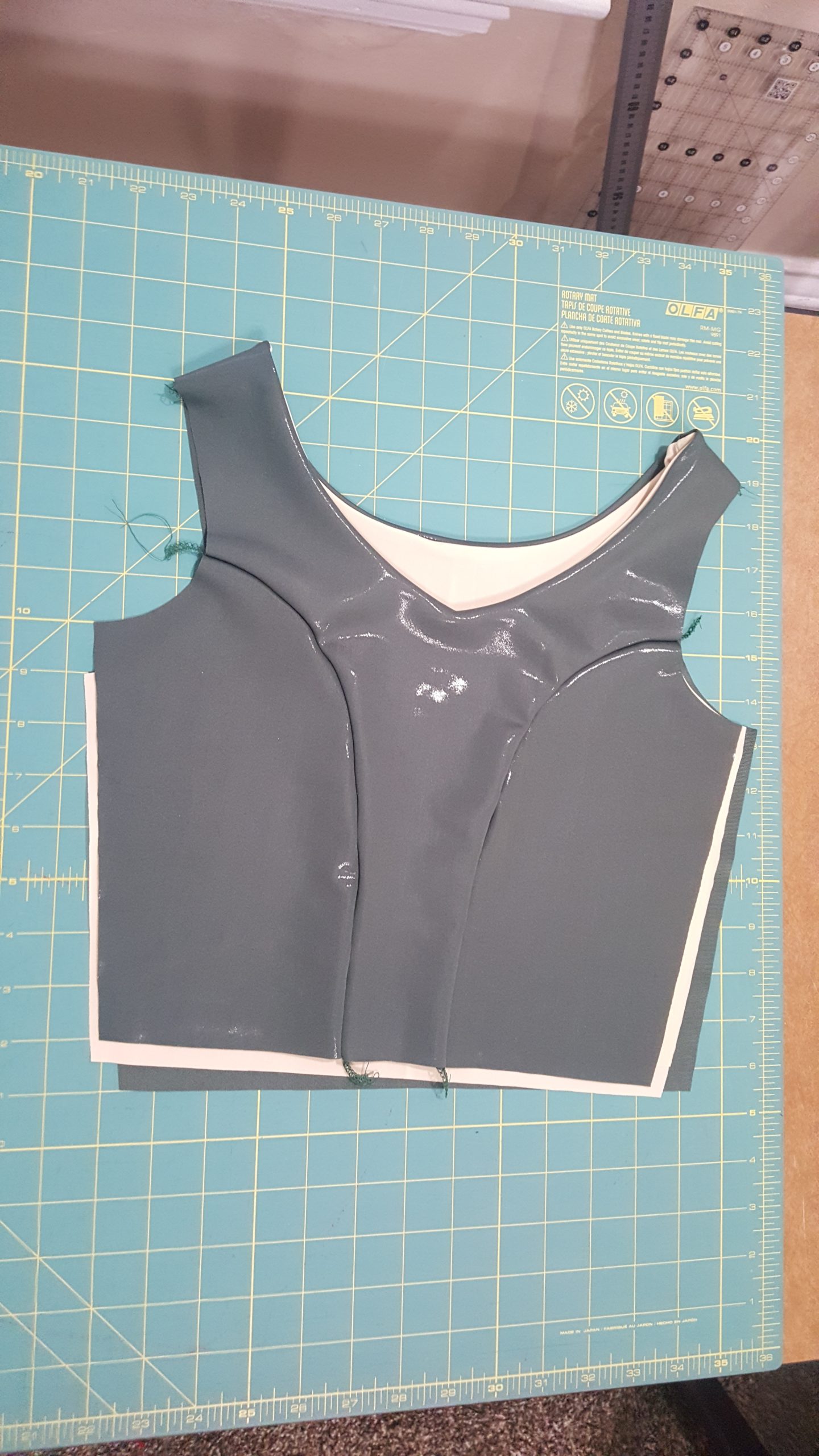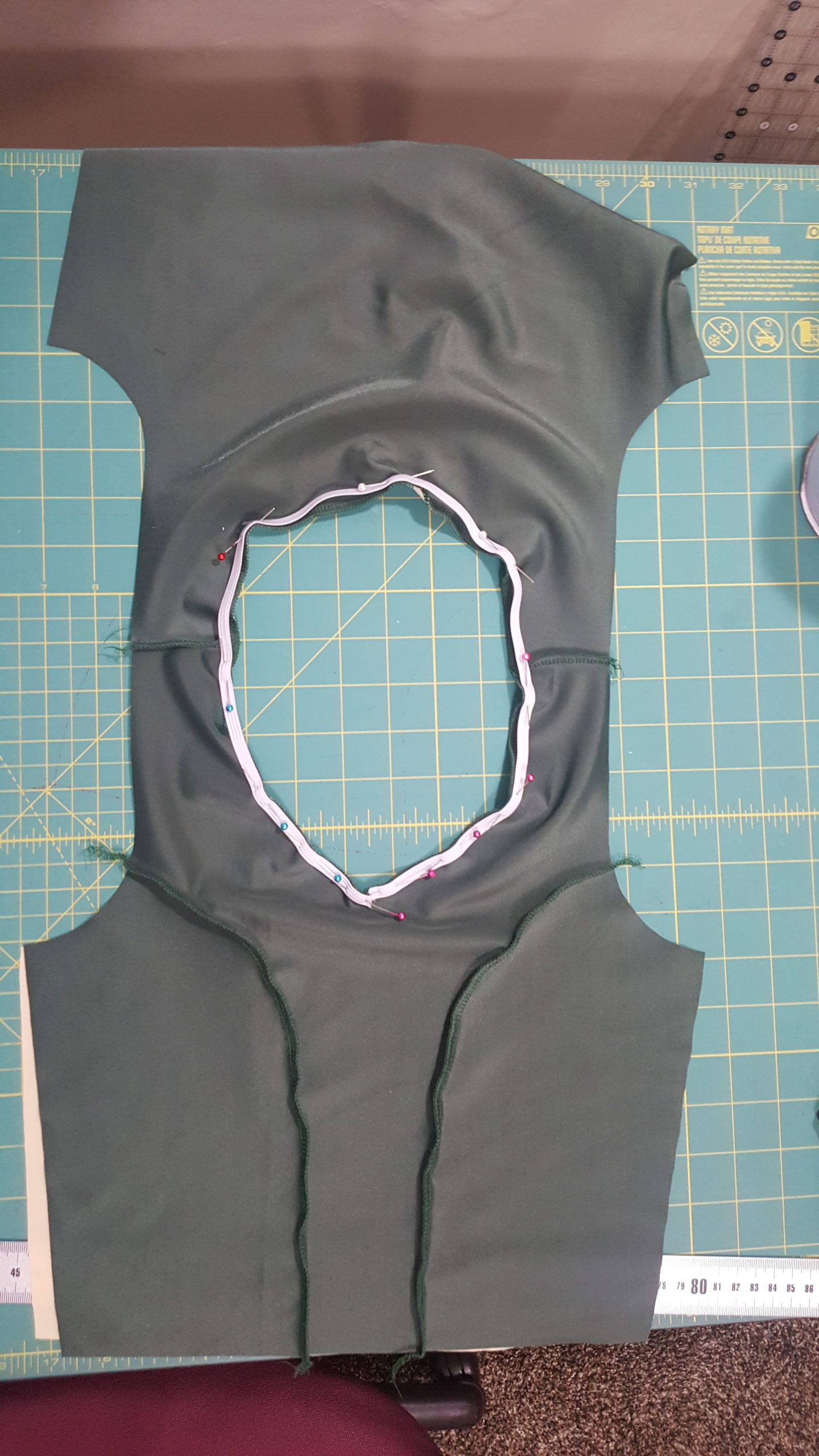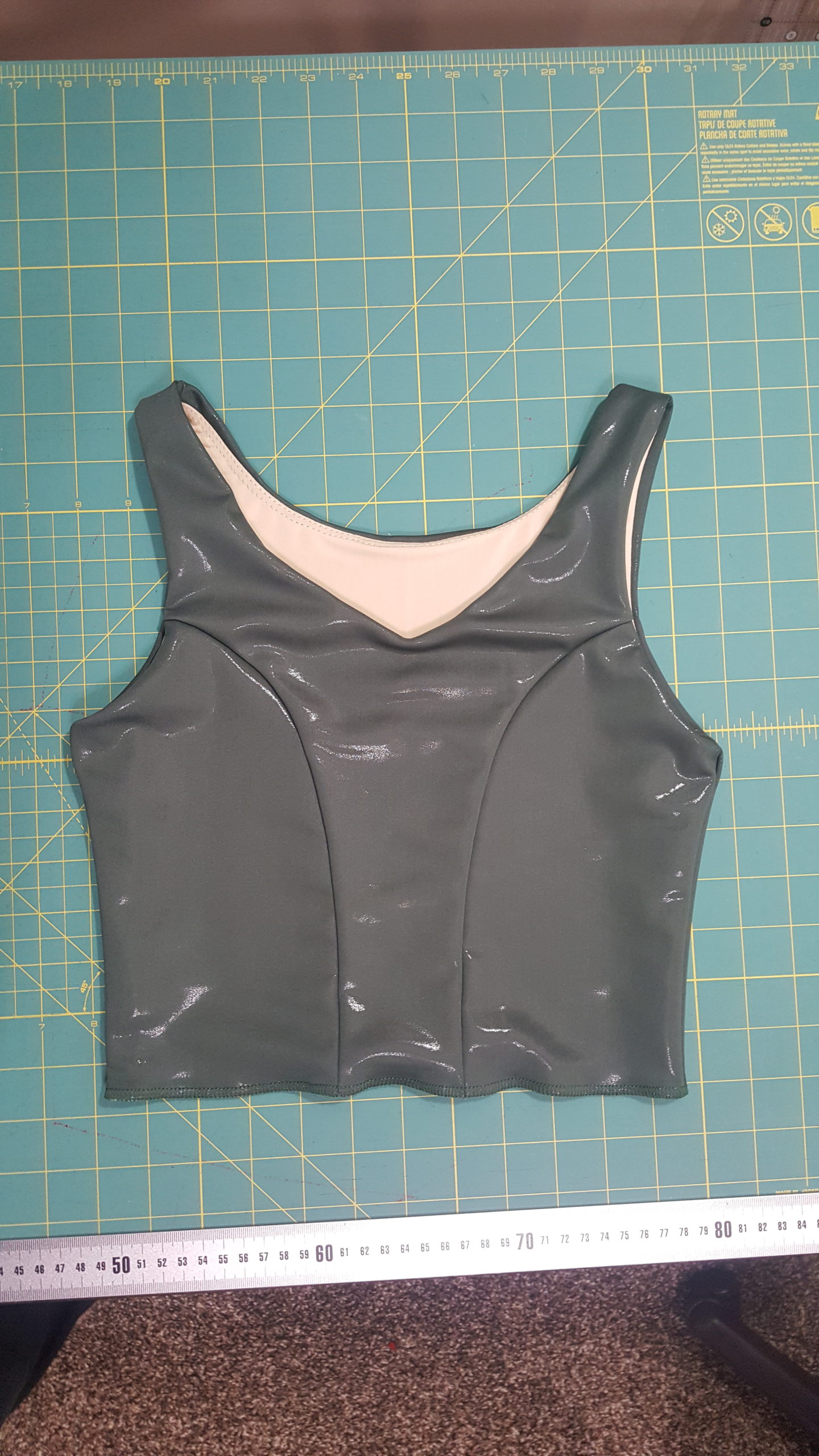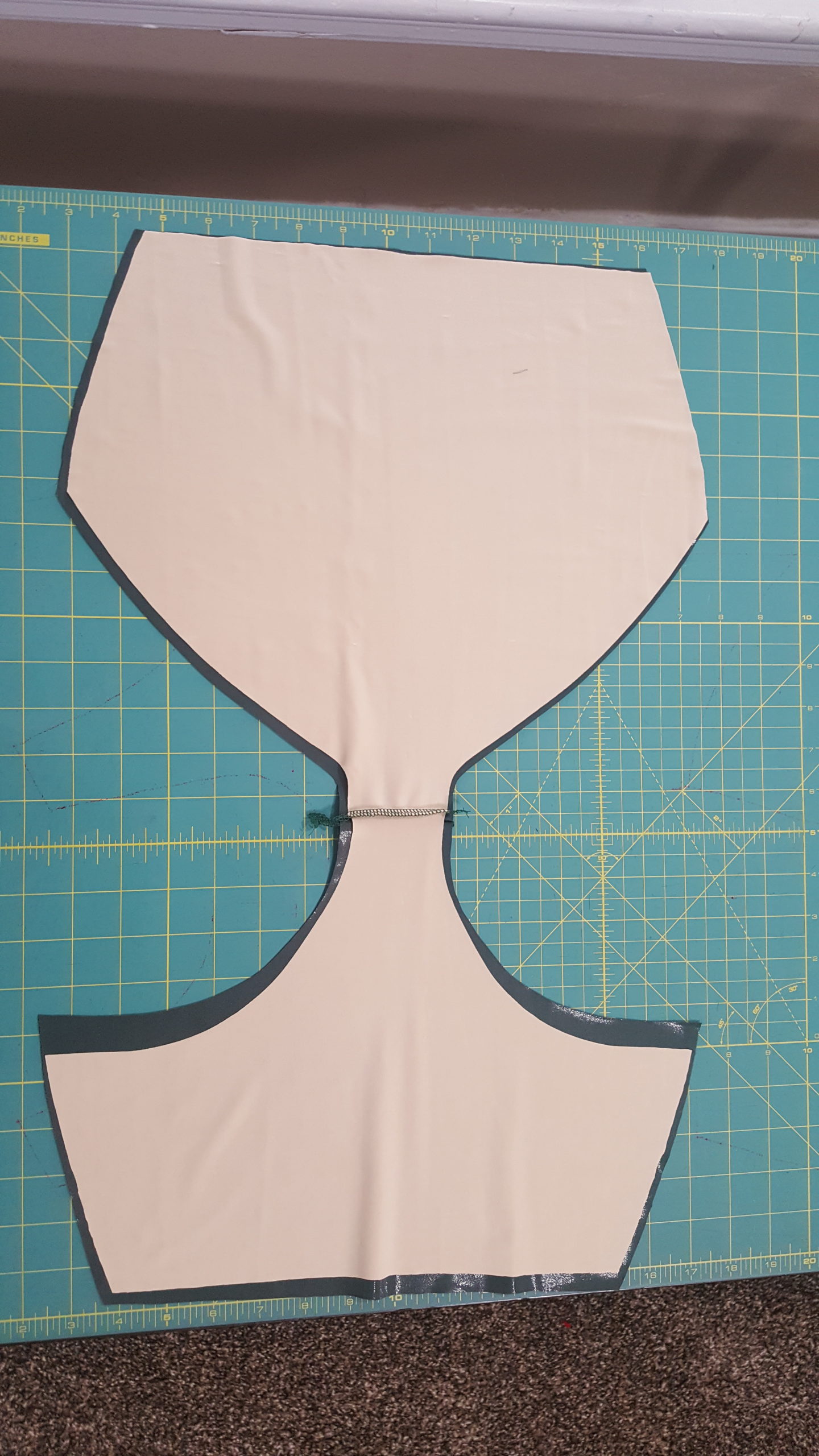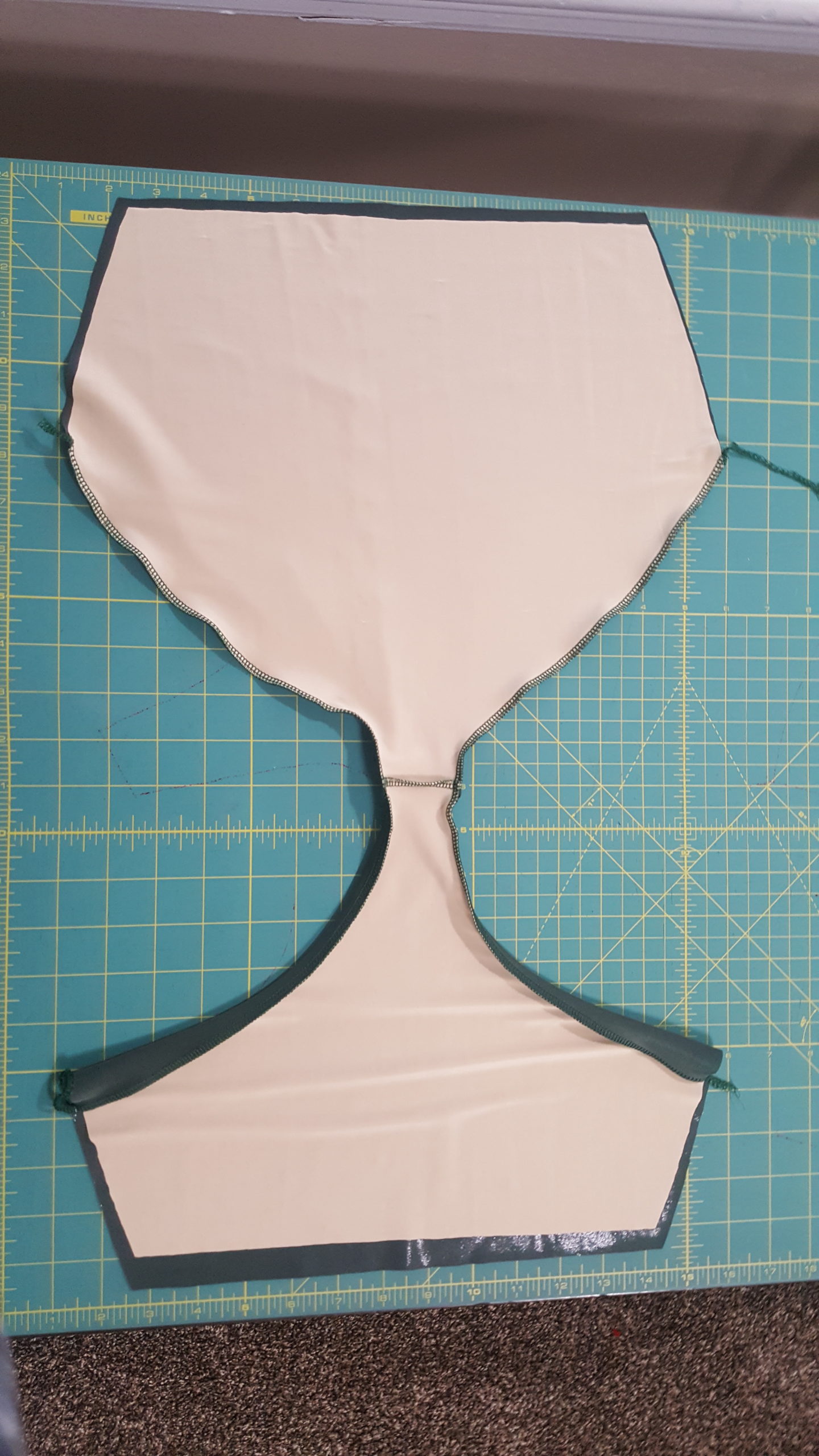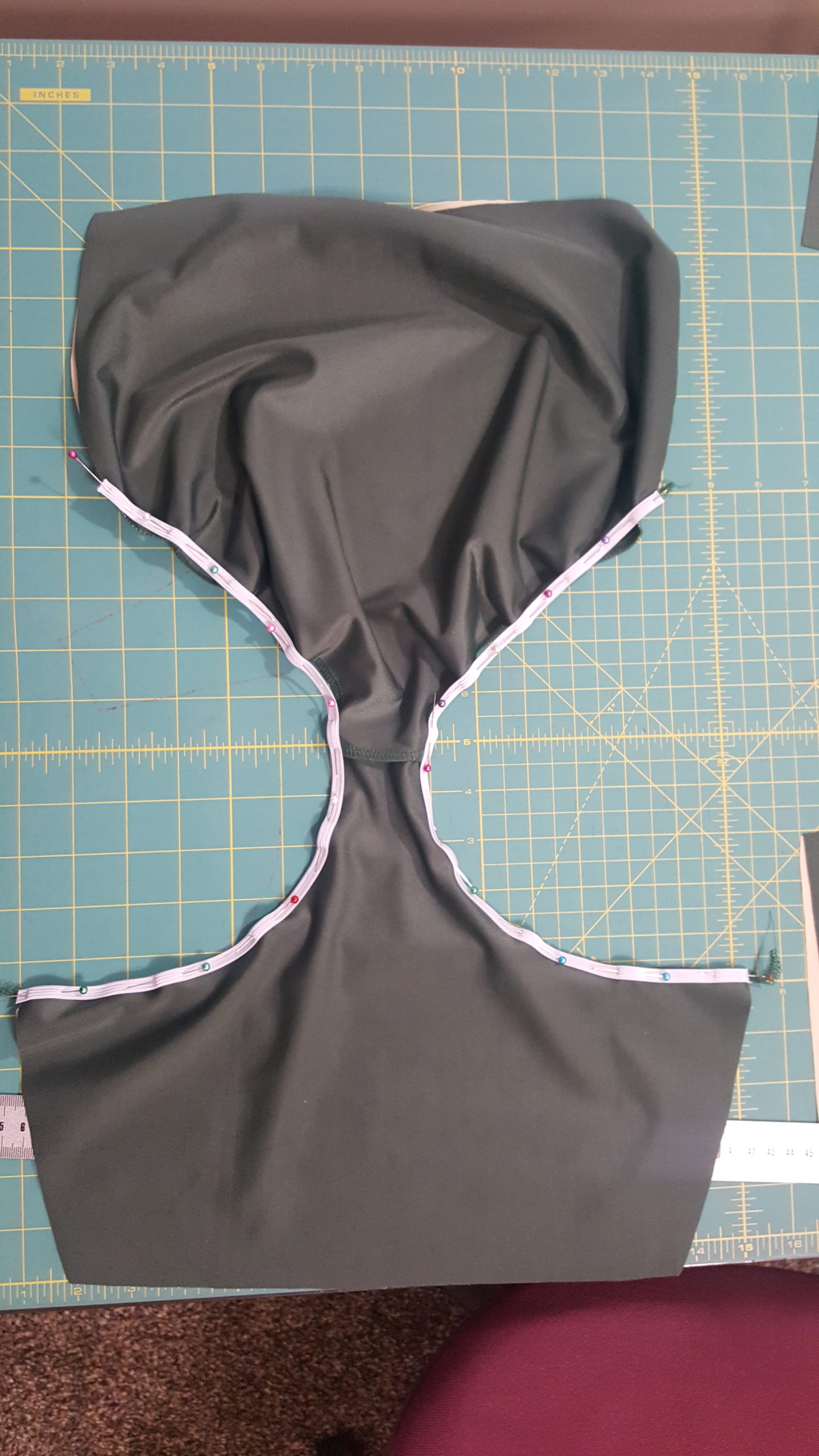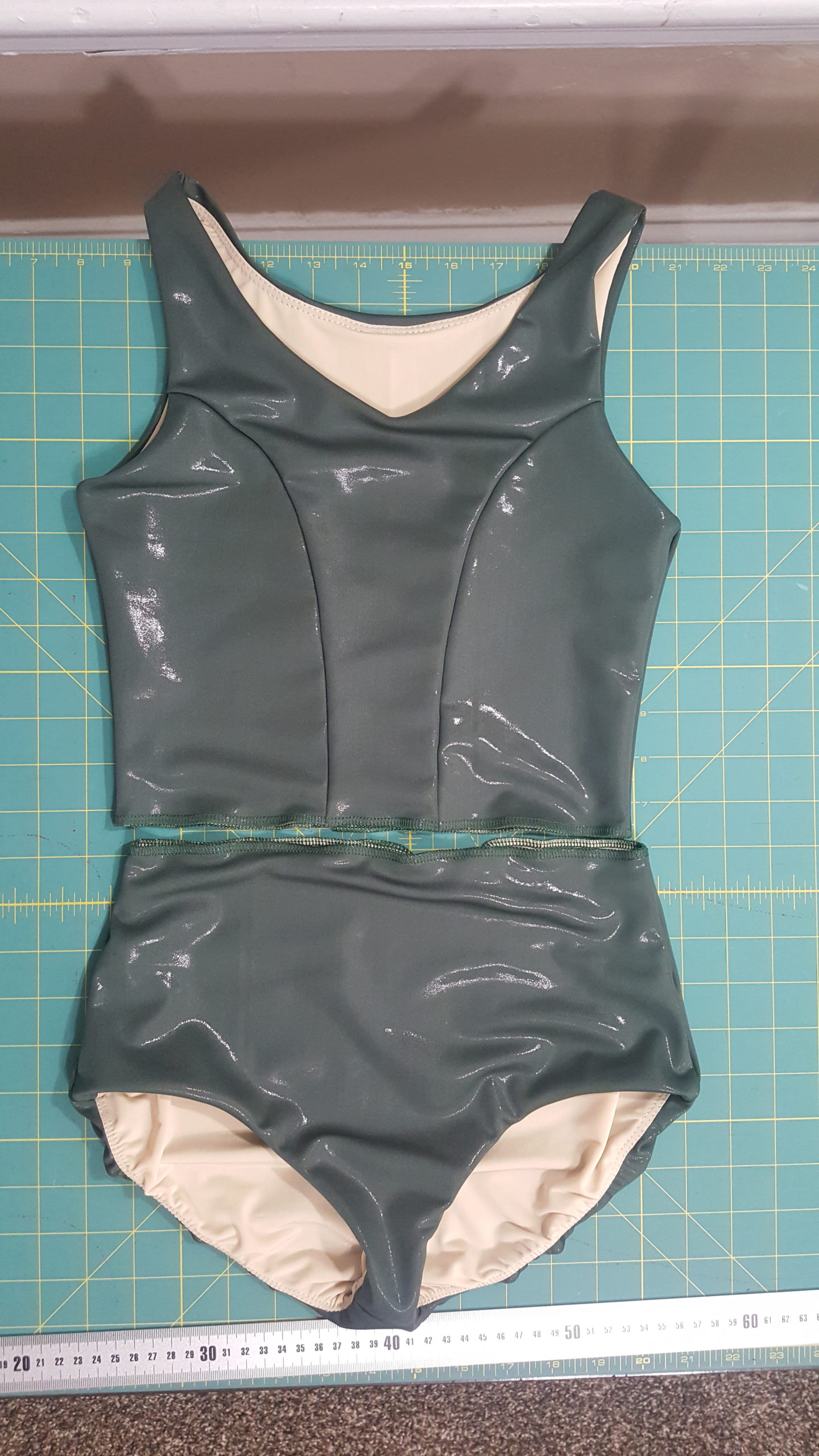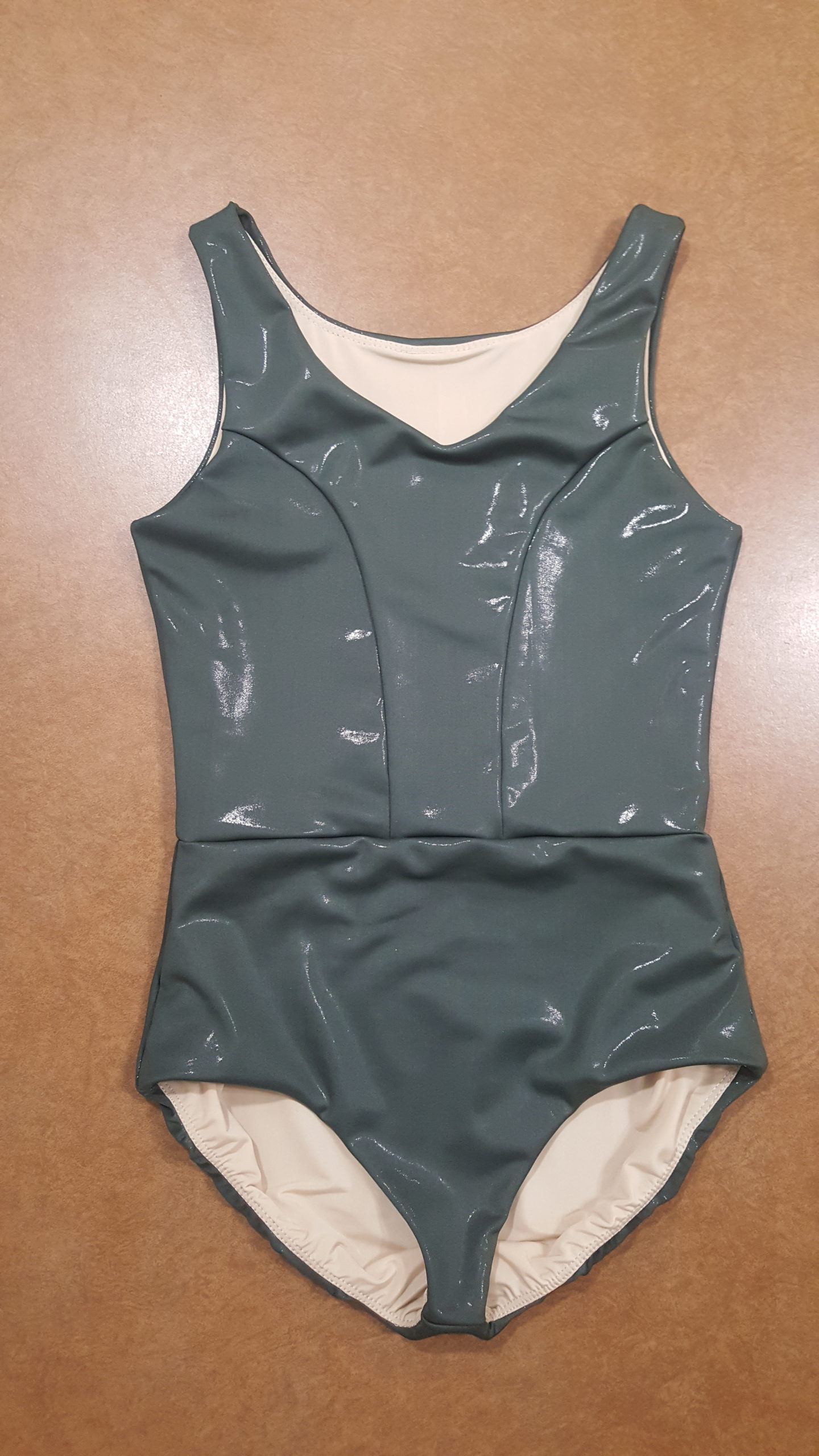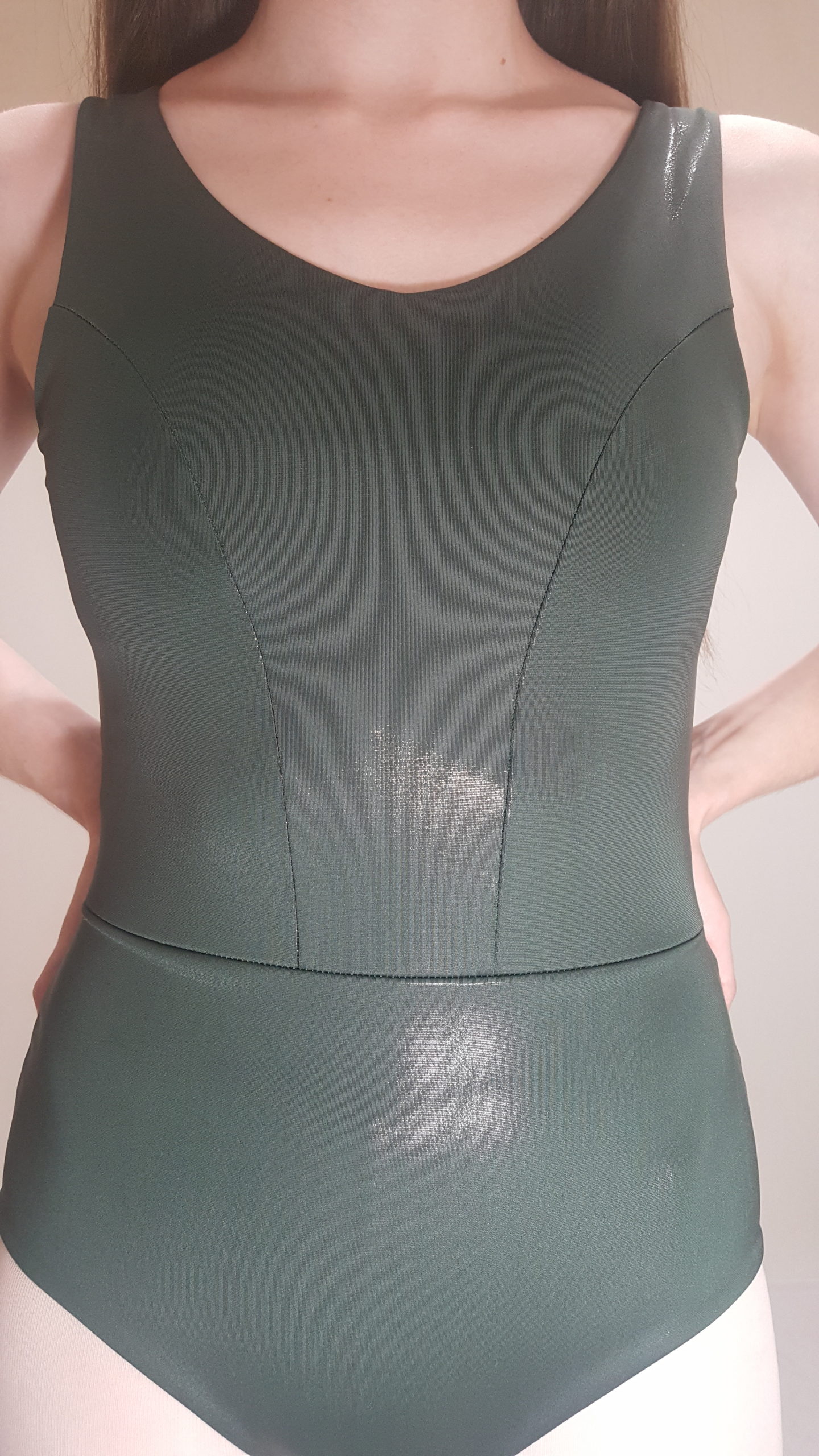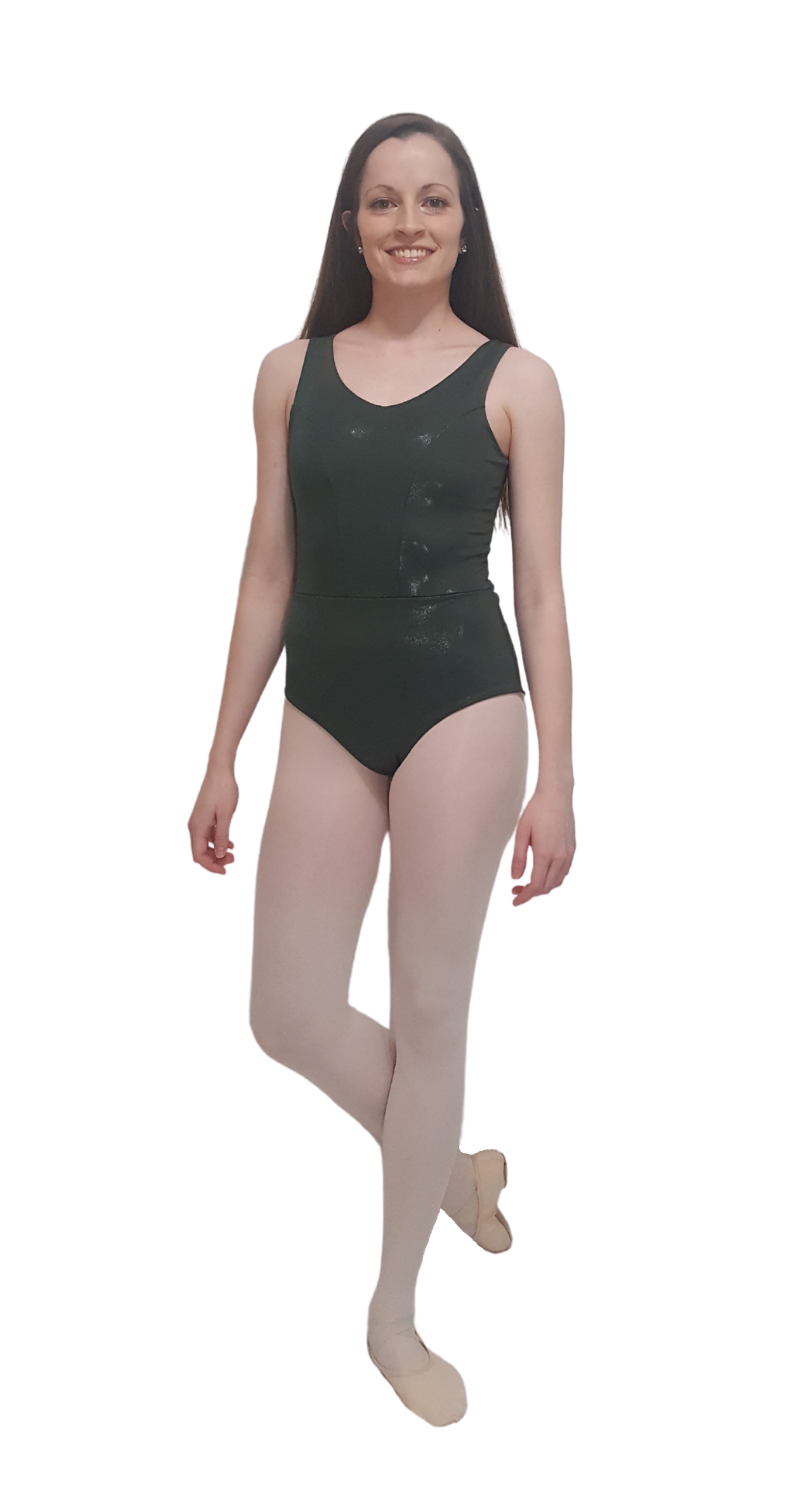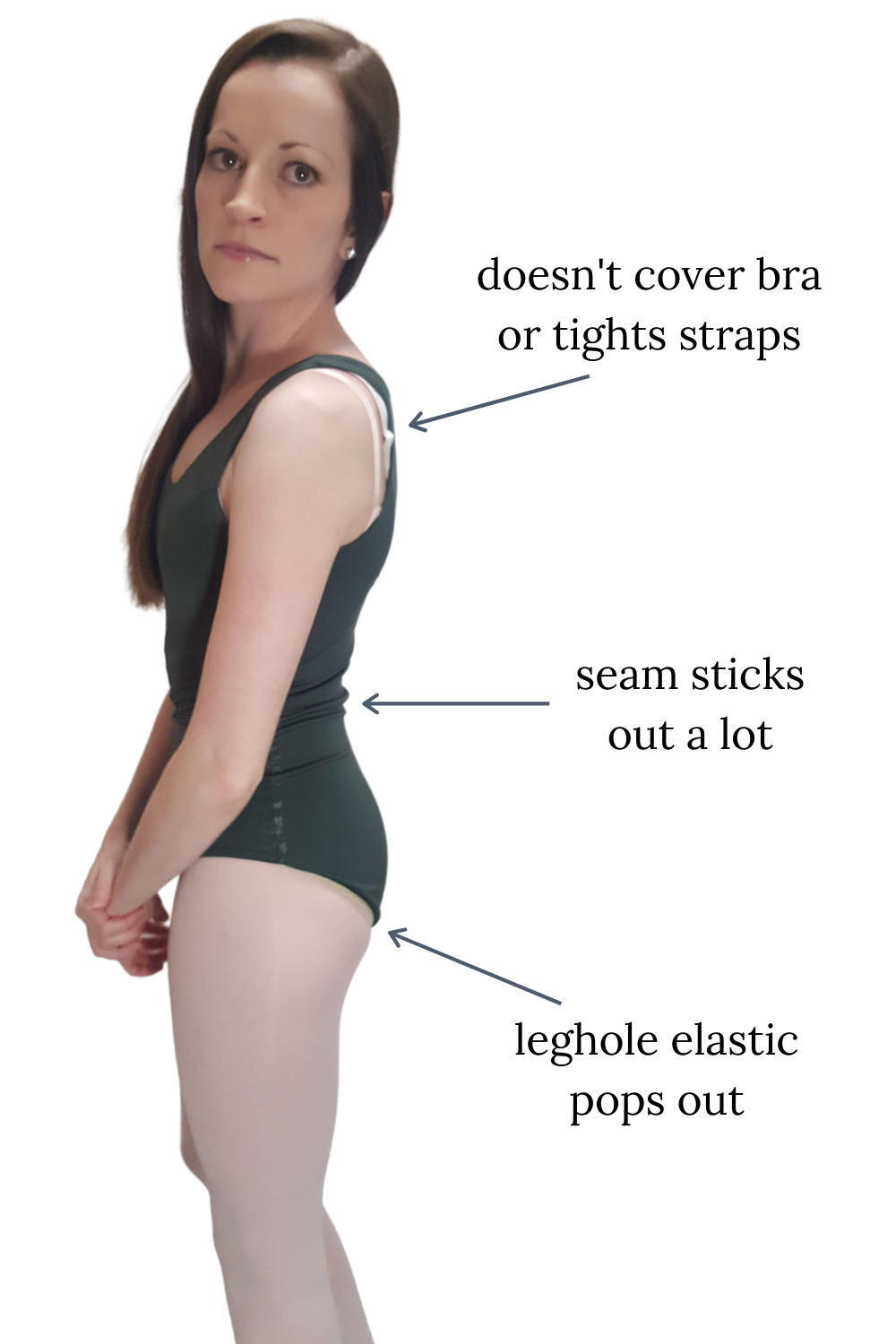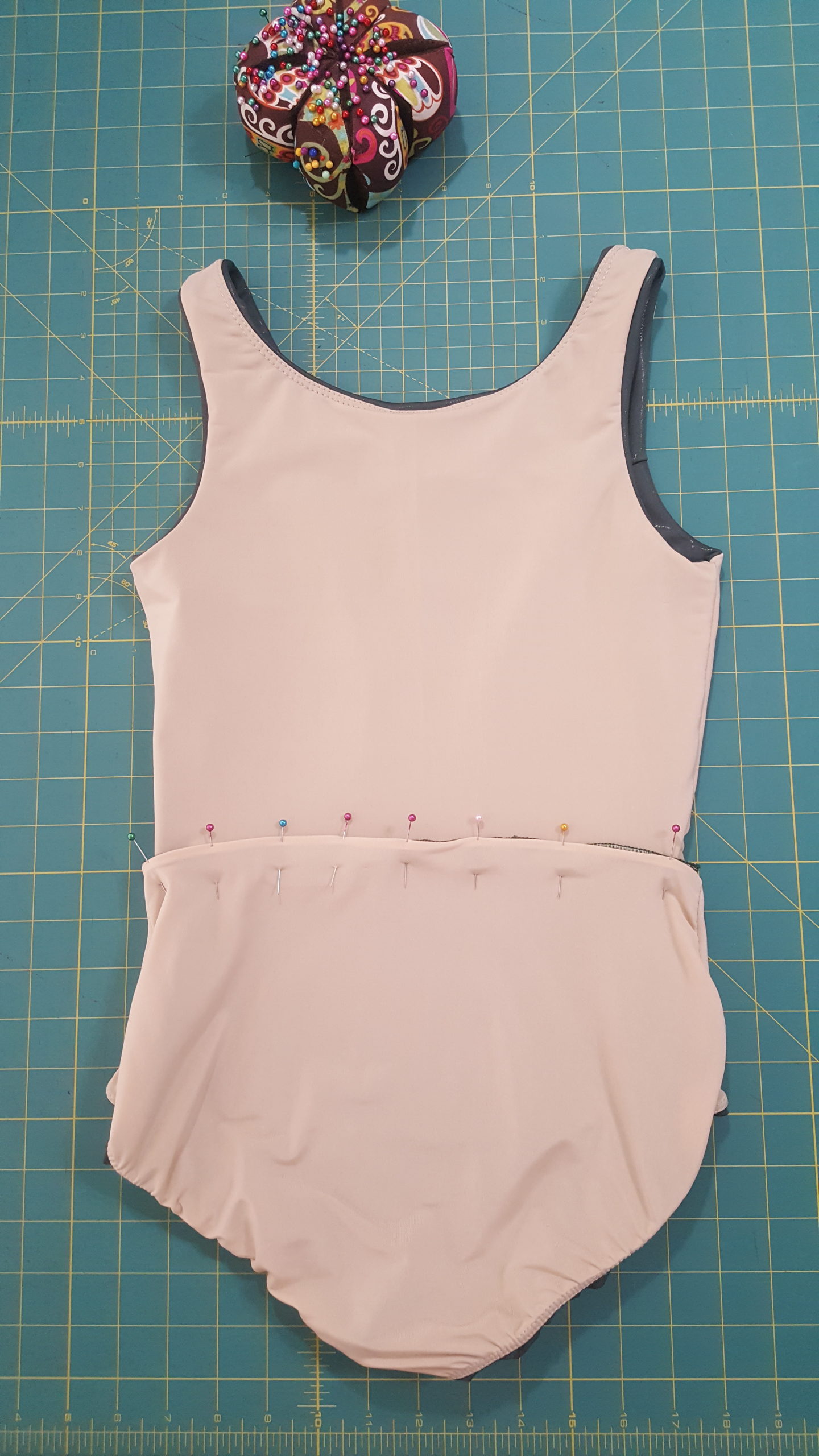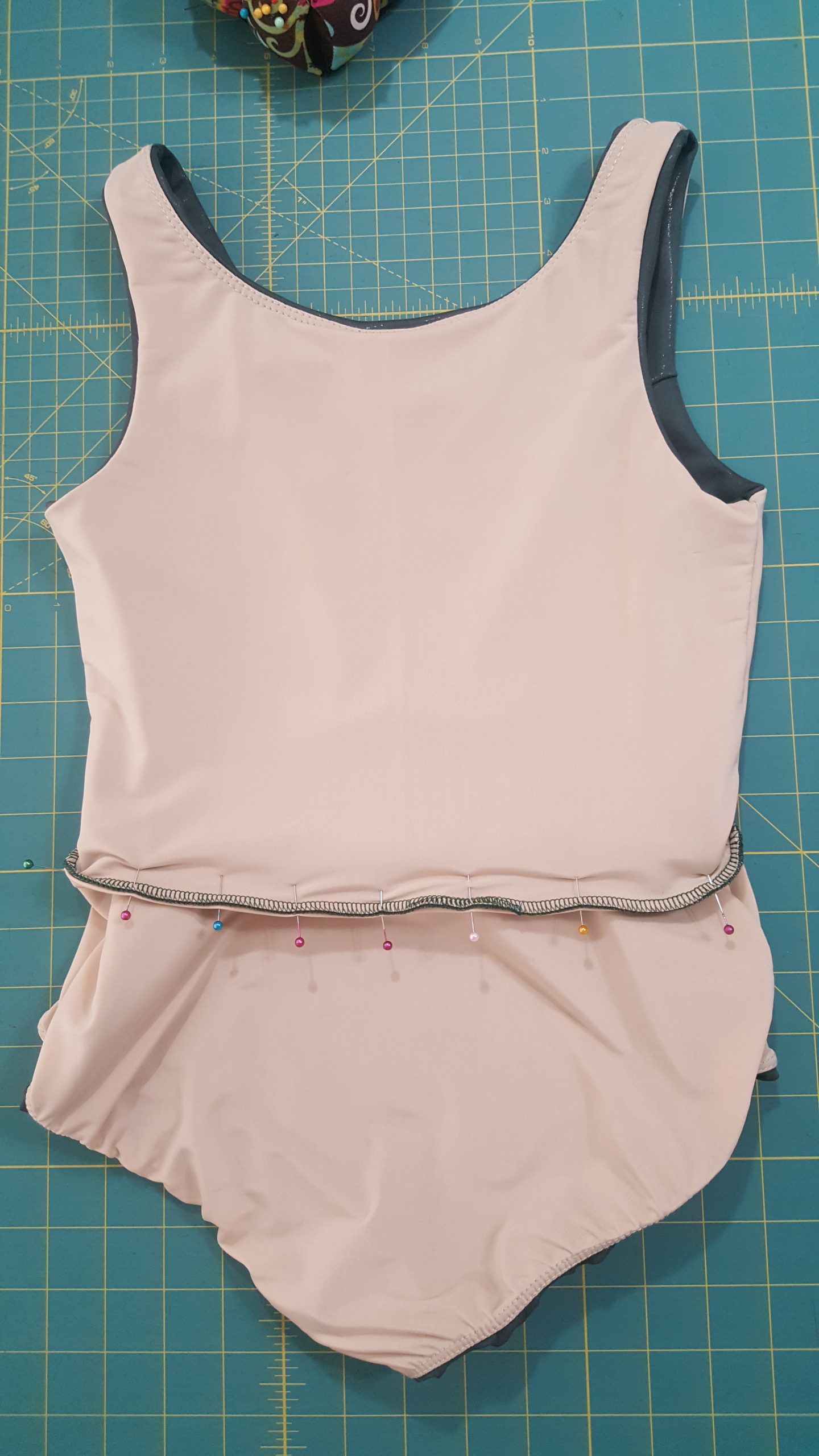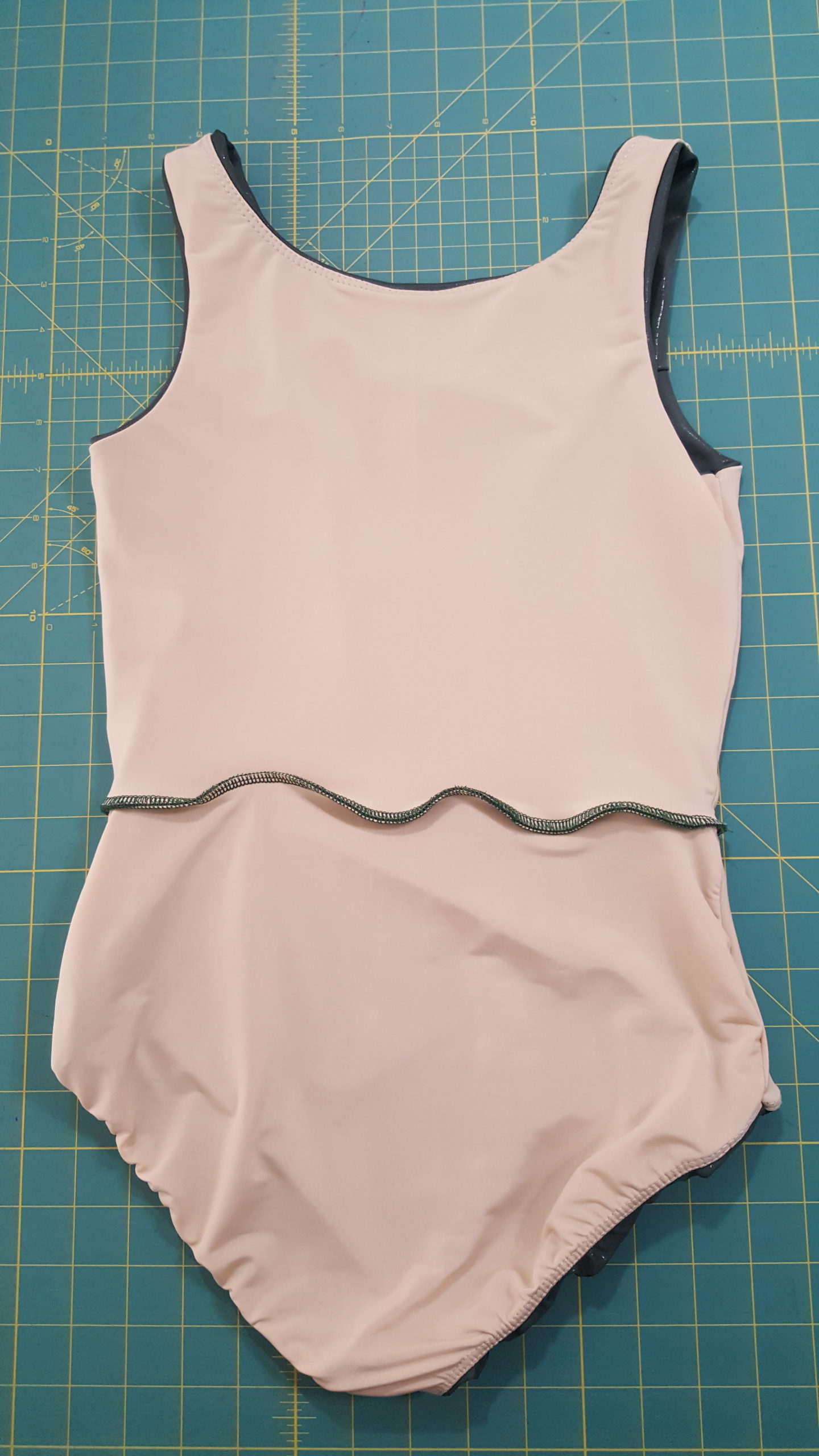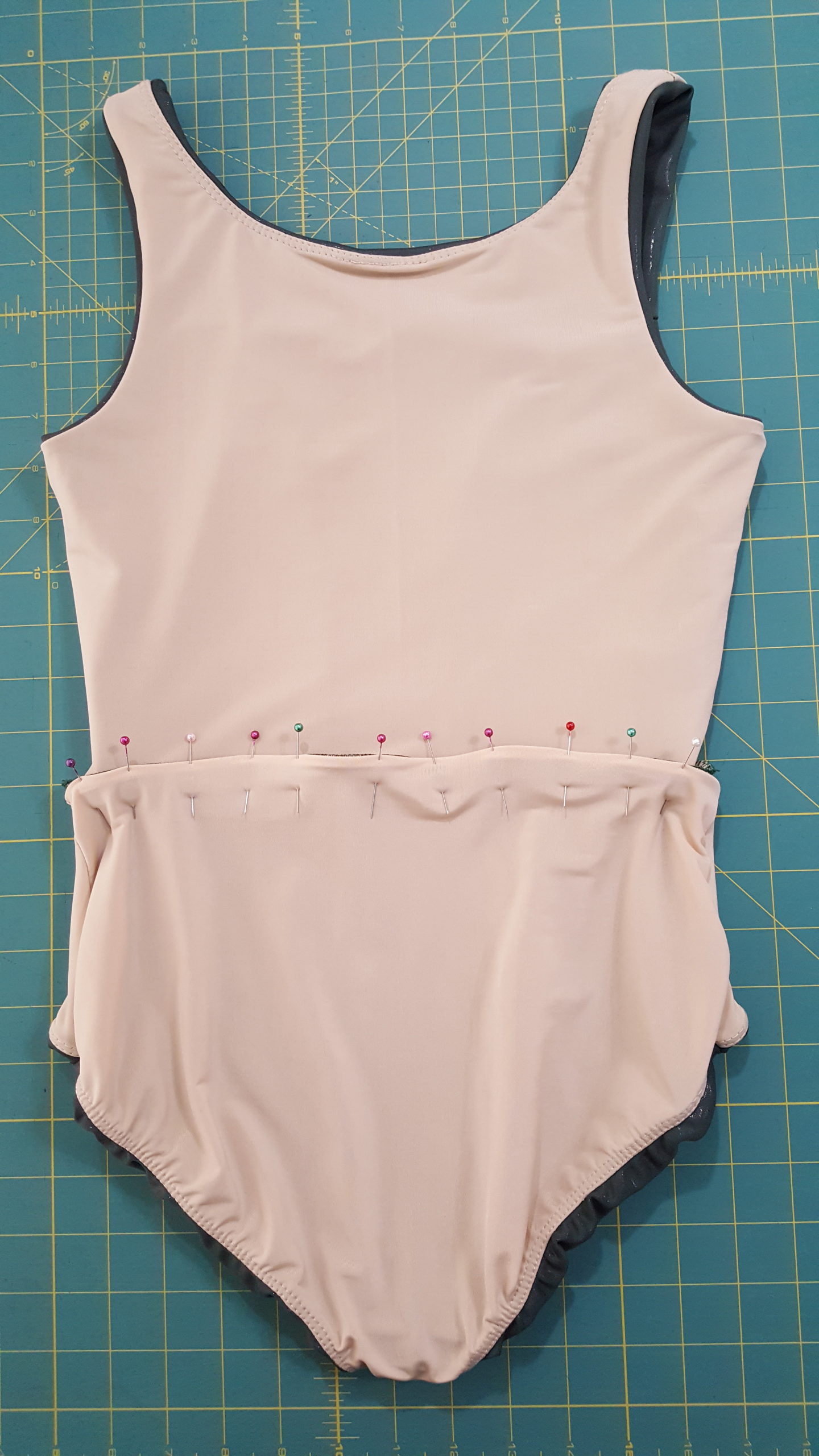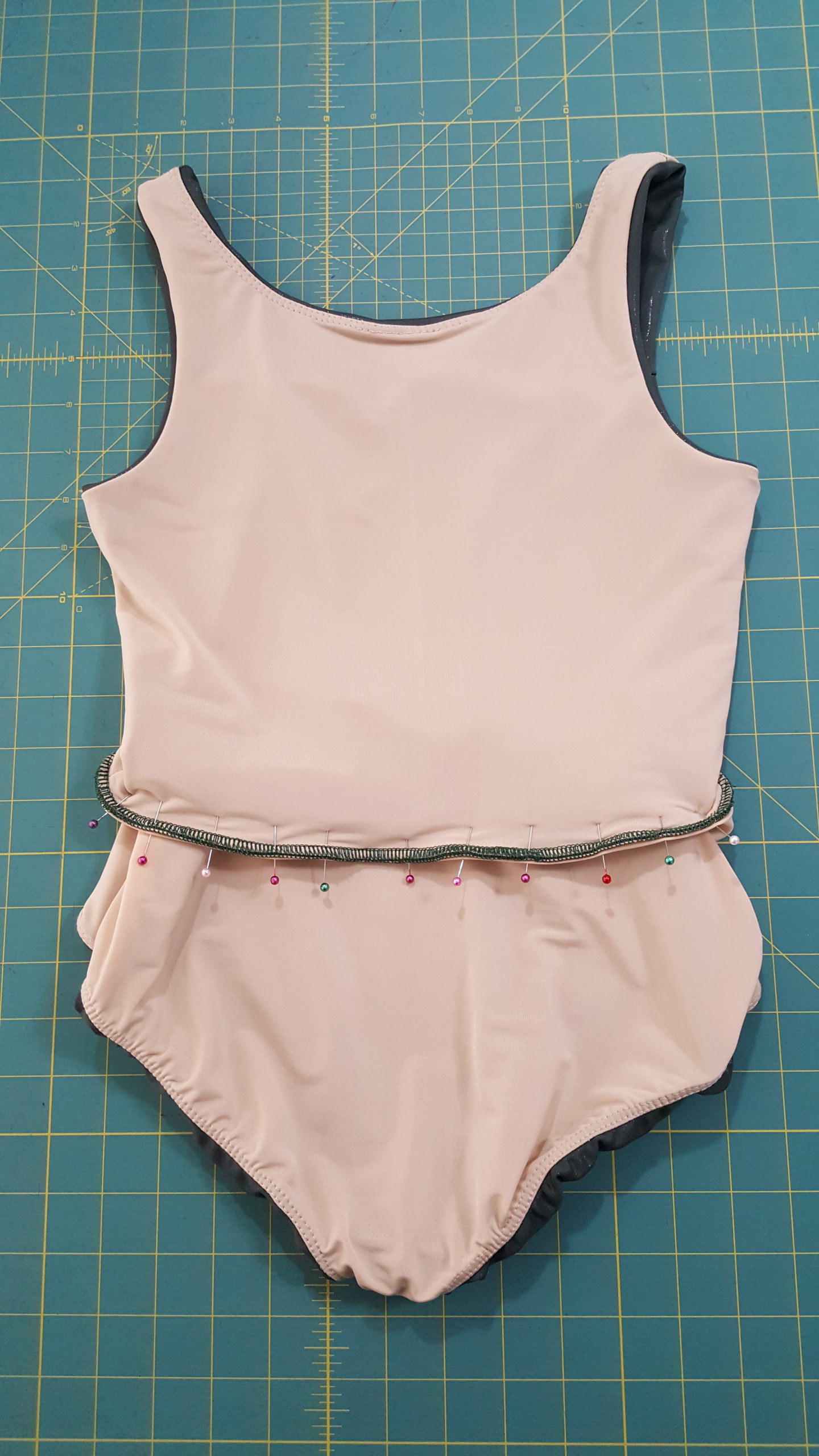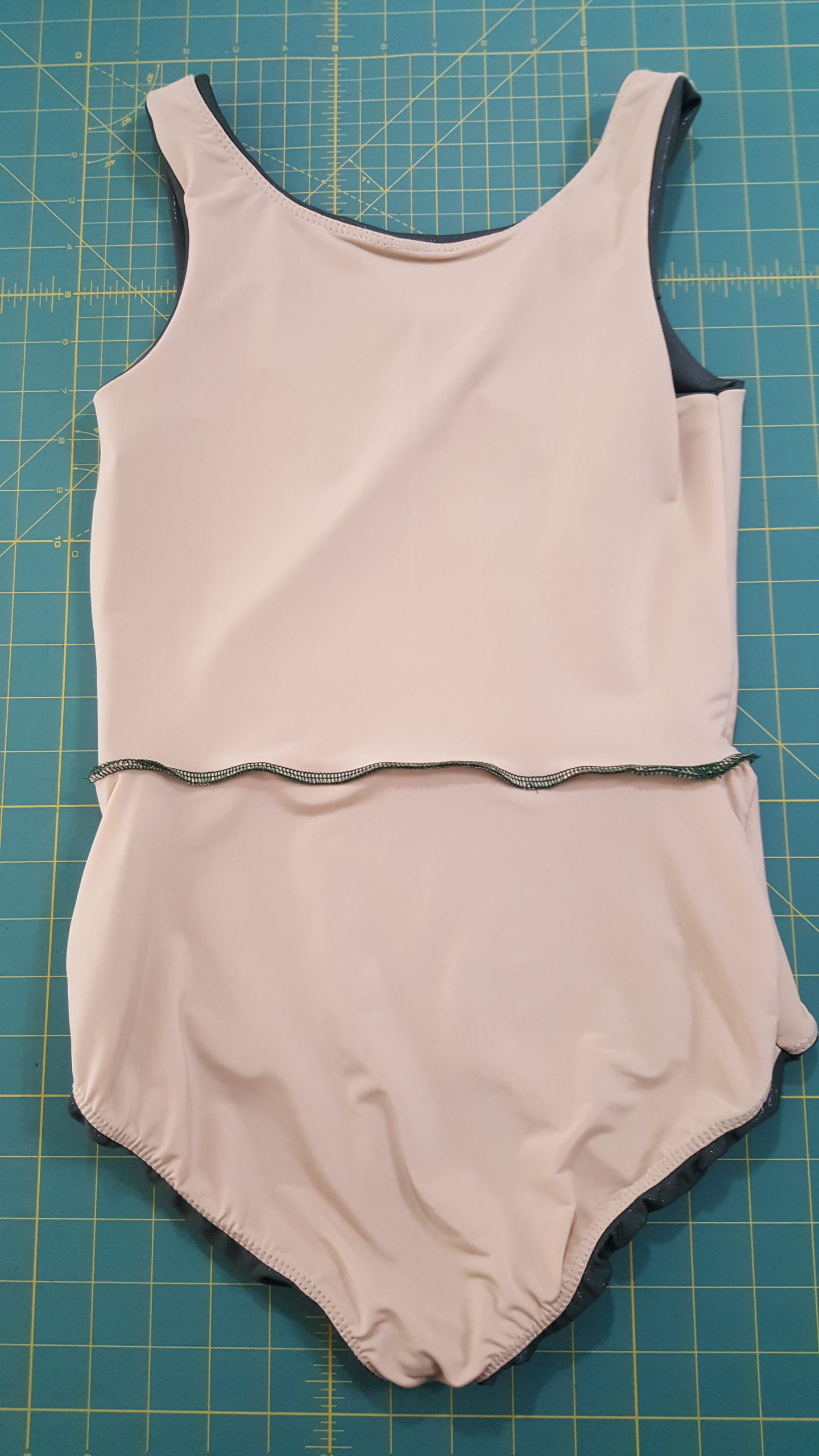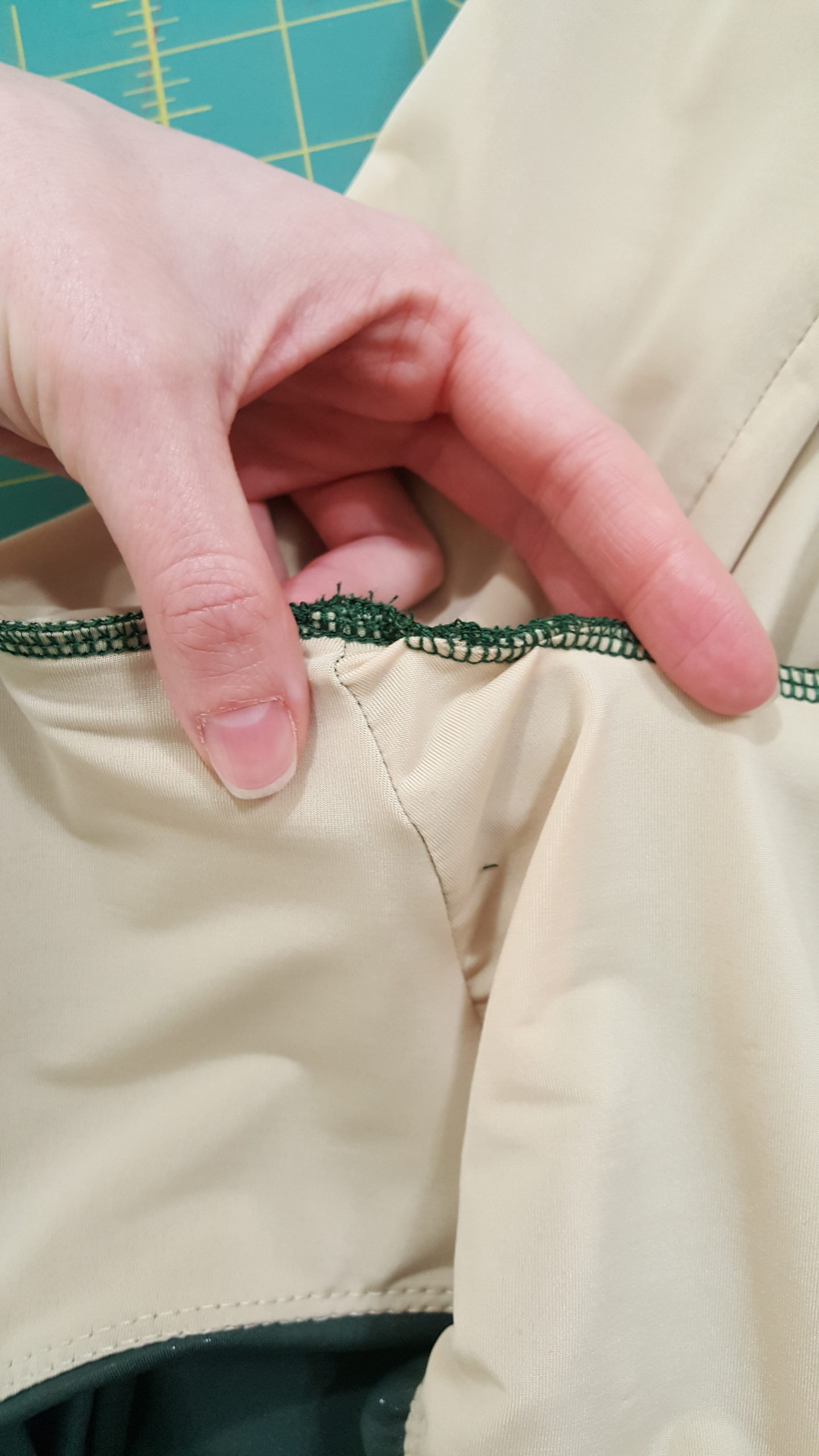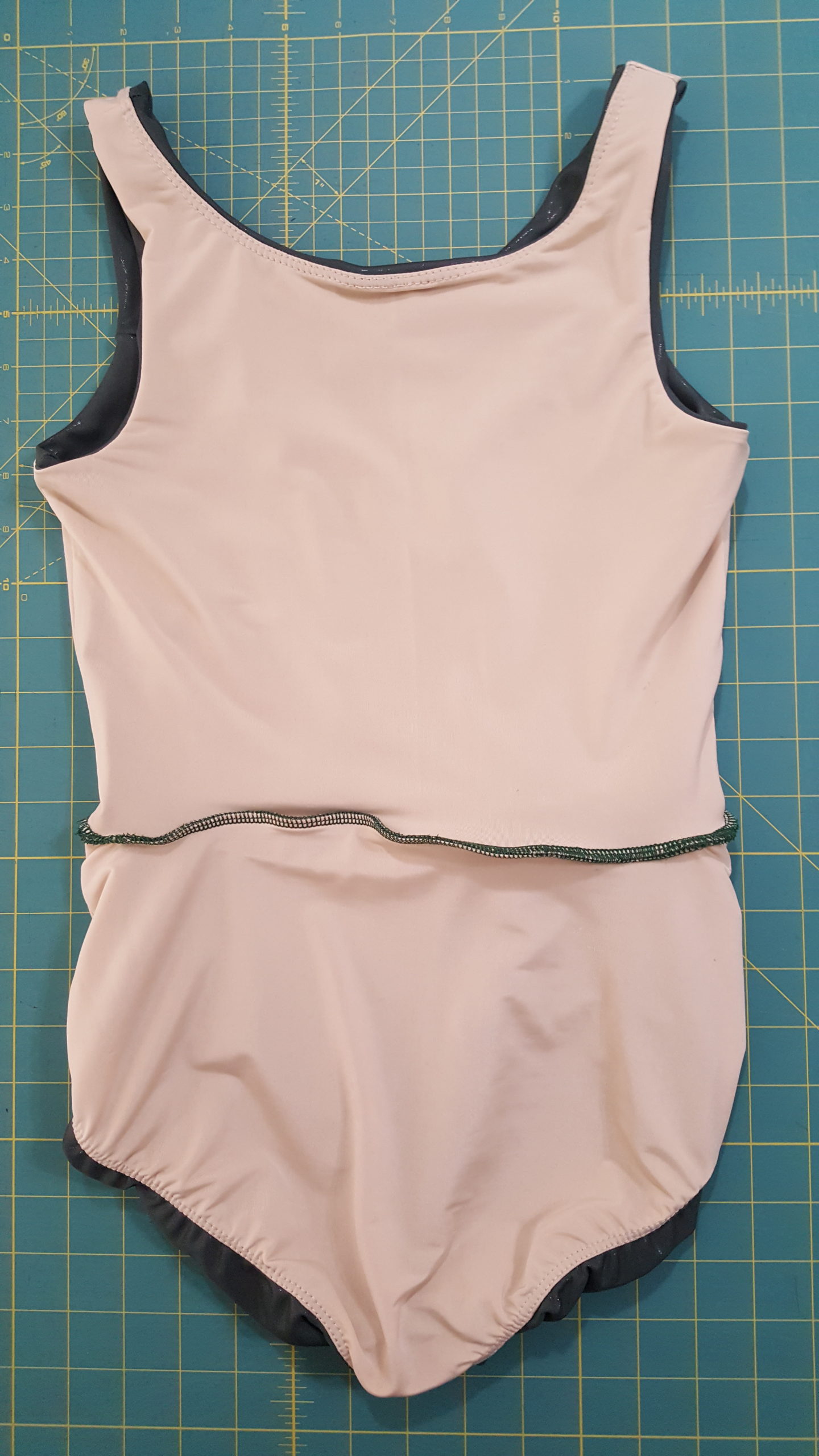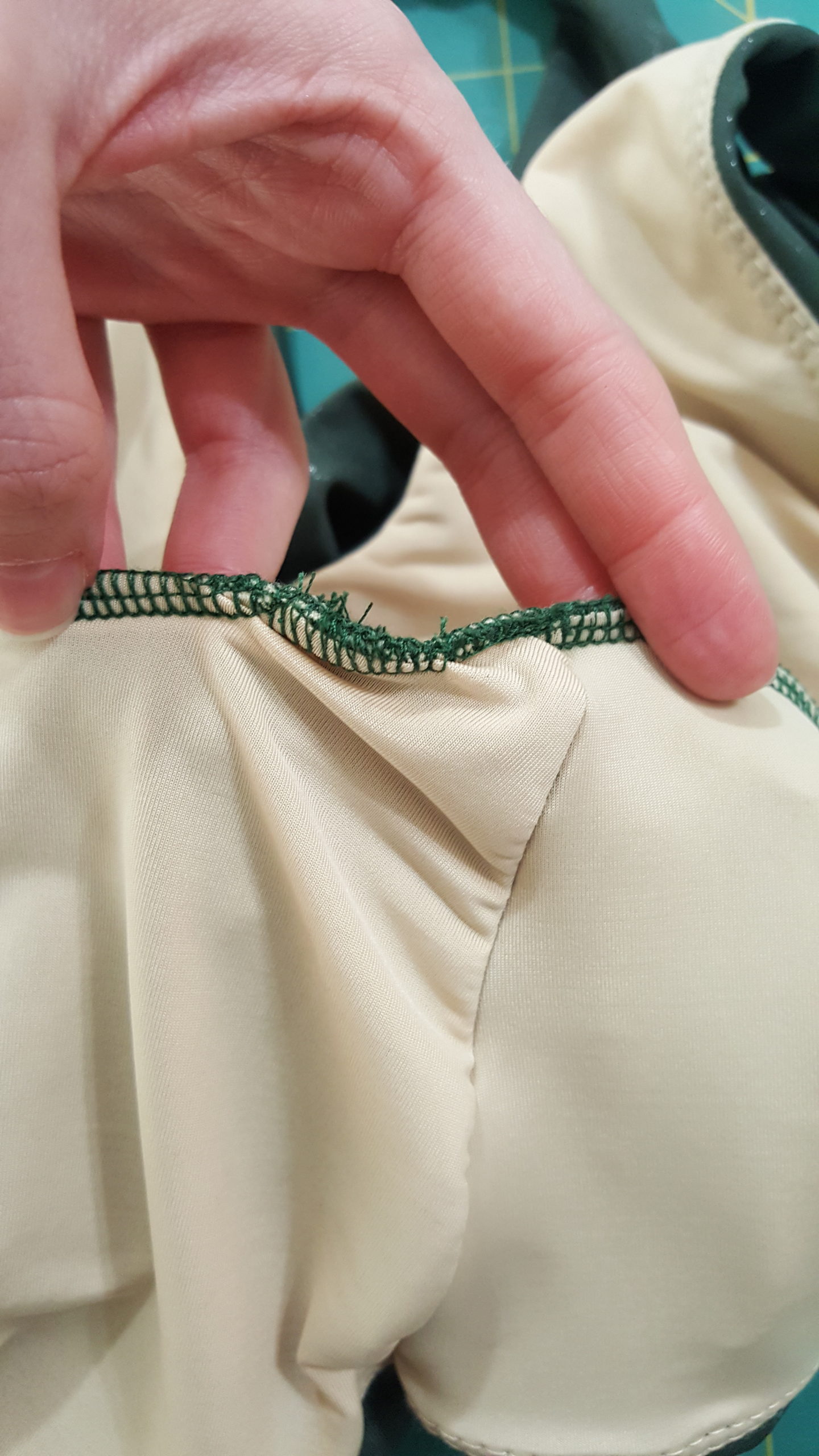
Everybody Needs a (COMFY) Simple Black Leo!
Are you dancing in person these days? For most of last year, my dance company, World Dance Company, was doing virtual rehearsals. It is an interesting challenge to learn choreographies, especially partner work- or formation-intensive choreographies, through live video that sometimes lags!
Well, World Dance Company is finally at a point where we’ve decided to rehearse in person, with masks and social distancing. We rehearse early in the morning, when the studio is otherwise empty and the floor is so cold it makes your feet ache.
I started wearing an old long sleeve leotard with my character skirt to stay warmer (we have choreographies that include skirt-swishing, haha), and I finally told myself that I could make a long-sleeved leo for myself that would be much comfier. So I did!
It was about time for me to make a simple black leo anyway. Everyone needs at least one! I’ve just had so much fun making leotards in crazy colors, I couldn’t bring myself to make a boring one for a while. But comfy and silky and warm really isn’t boring!
Rather than pack this blog post with photos of the process of making it, this time I decided to make it a quick little video, haha.
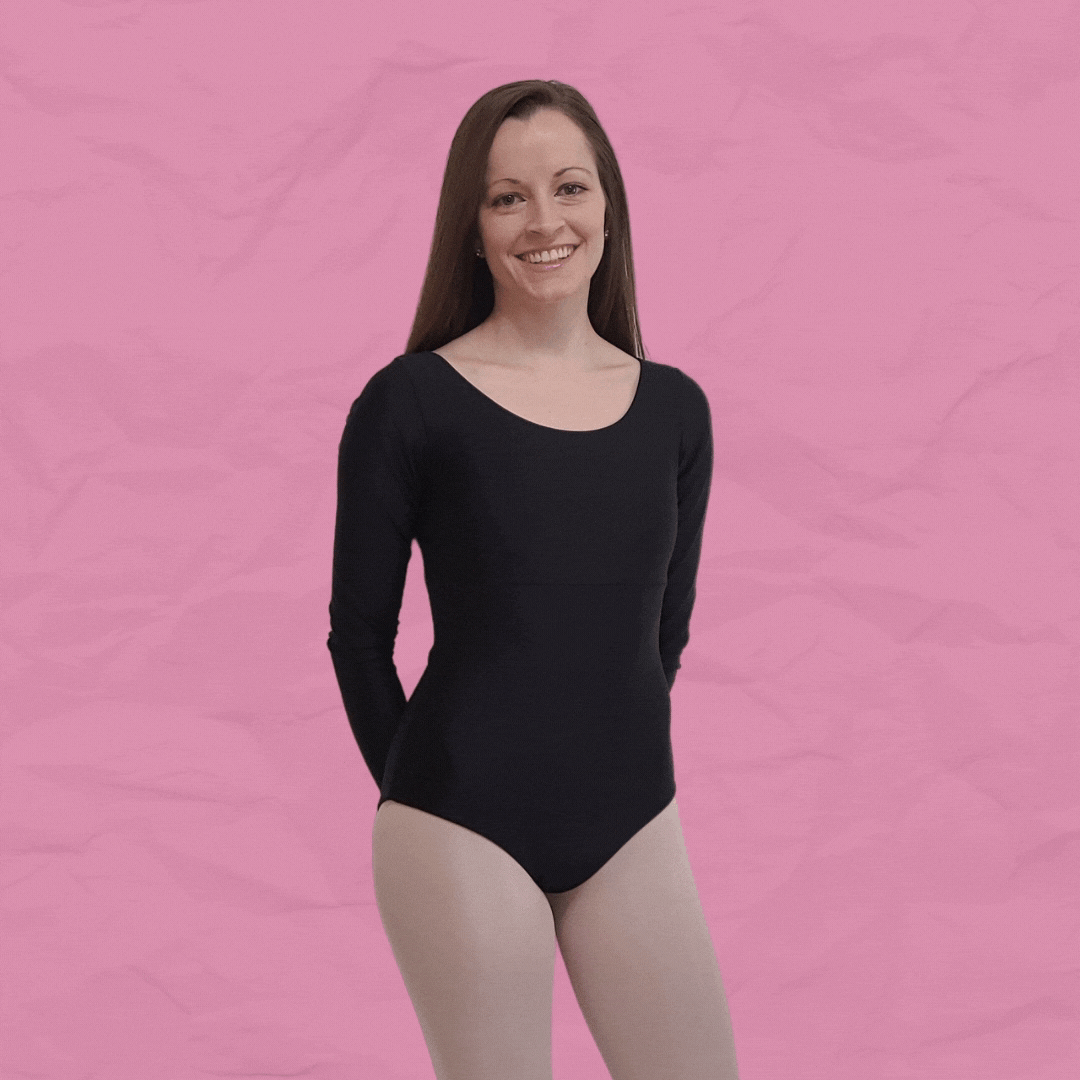
This leotard is great for the winter months. Of course, any leotard design can be done with black fabric. If you’re a dancer who has to abide by a dress code, it likely includes black leotards. But in many cases you’ll still have the freedom to spice it up. Do you have a black leotard design you’d particularly like to make?
At this point, I’ve had a couple of requests for another course with a new leotard. I’ve struggled to decide what leotard should be next, though. Will you help me? 🙂
I would love it if you’d take a second to answer these four questions! Otherwise I’m just guessing about what my people need, haha.
Thank you so much!
Also, if you’re new here, you can start making leotards with me for free by signing up for my free DIY Athletic Leotard Course! Feel free to share with any friends who you think might be interested, too! 😊


